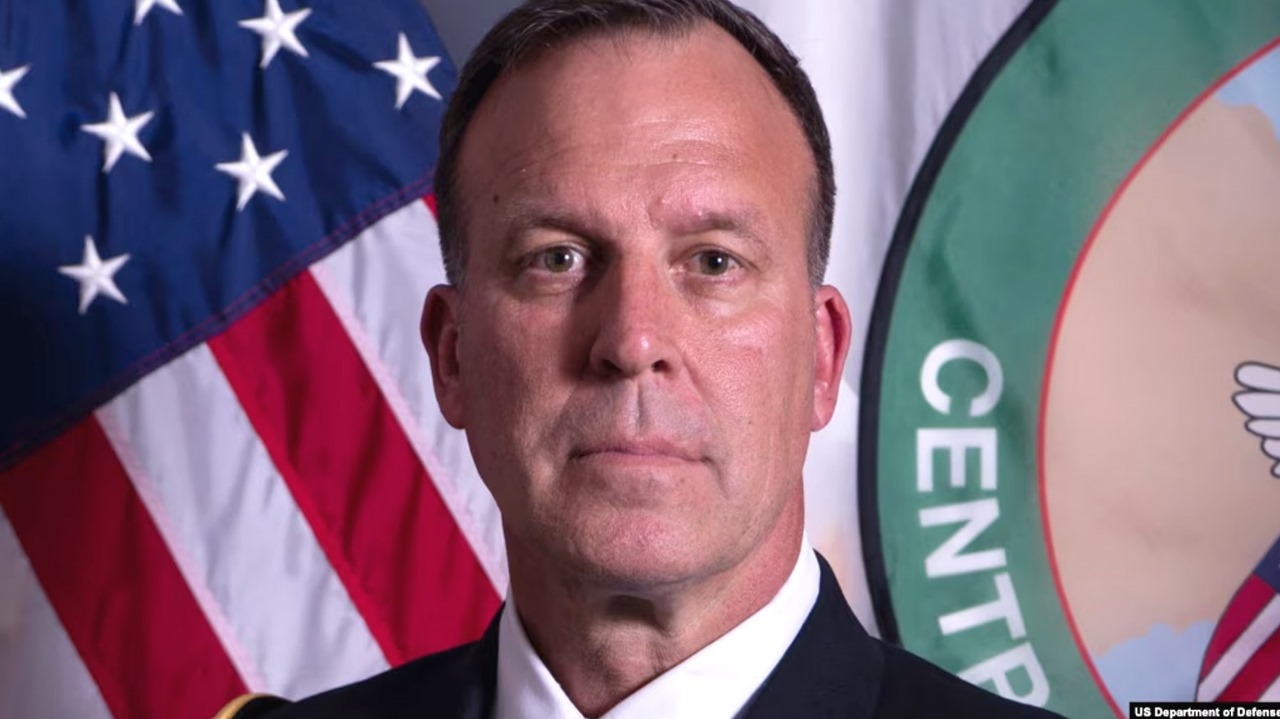CENTCOM Commander Meets Iraqi PM—No Mention of End to Coalition Presence in Iraq
“The Prime Minister affirmed Iraq’s essential membership in the Coalition and its commitment to collaborating in tracking and combating terrorist groups,” Sudani’s office said.

Dec. 11, 2024
WASHINGTON DC, United States (Kurdistan 24) The Commander of U.S. Central Command (CENTCOM), Gen. Michael Kurilla, along with top aides, visited Iraq and Syria on Tuesday. What, perhaps, was most notable about that visit is that there, apparently, was little pressure from the Baghdad government to end the presence in Iraq of the anti-ISIS Coalition.
The termination of that presence had been a prominent item on Iraq’s agenda, after Prime Minister Mohammed Shia’ al-Sudani assumed office in Oct. 2022. But that does not seem to be the case now.
Failure of Iranian Strategy
Iran, and the pro-Iranian political parties in Iraq, had pressed hard to end the presence of foreign troops in Iraq, as Iran sought to drive the U.S. out of the region.
That political pressure was accompanied by military pressure, as pro-Iranian militias repeatedly fired at U.S. forces. Indeed, when Kurilla visited Iraq a year ago, in December 2023, there had been nearly 100 such attacks over the previous two months, between his Dec. 16 visit to Baghdad and Oct. 17, when pro-Iranian militias in Iraq and Syria began a flurry of attacks against U.S. troops, ostensibly in support of Hamas, which, on Oct. 7, had launched a brutal cross-border assault into Israel, triggering the still-ongoing conflict.
An important—but quite unexpected—casualty of that war has been the Assad regime, which suddenly collapsed this weekend. That has had major implications for Iran, as discussed in a New York Times report published on Sunday.
The report bears a telling title: “With Assad’s Fall, Iran’s ‘Axis of Resistance’ Unravels.” The pressure is off the Iraqi government to expel U.S. forces.
According to the agreement between Baghdad and the U.S.-led anti-ISIS Coalition, the Coalition’s presence in Iraq is to end in Sept. 2025, after which the presence of foreign troops in Iraq is to shift from one based on a multilateral coalition to one based on bilateral agreements.
The Coalition’s presence in Erbil, according to the agreement, is to last at least one year longer in order to supply Coalition forces still fighting ISIS in Syria.
Read More: Defeat-ISIS Ministers Confirm Transition to Bilateral Security Ties
However, as the Times noted, the regional balance of power has shifted dramatically, with Iran now much weaker. In addition, there is concern that ISIS might exploit the power vacuum that has followed the collapse of the Assad regime and re-emerge in Syria.
Thus, it is possible that the agreement will be revised. So it is noteworthy that neither the U.S. nor Iraq said anything about an end to the Coalition presence in their official statements.
If anything, it was the opposite. The report of the Iraqi News Agency (INA) on the meeting between Kurilla and Sudani quoted a press release from Sudani’s office.
“The Prime Minister affirmed Iraq’s essential membership in the Coalition and its commitment to collaborating in tracking and combating terrorist groups to ensure security and stability in the region,” the INA said.
Kurilla, for his part, “reiterated the Coalition’s commitment to supporting Iraq in safeguarding its security and sovereignty against terrorist threats,” it added.
U.S. Account of Kurilla’s Visit to Iraq and Syria
Kurilla arrived first in Syria, where, on Tuesday, he met “with U.S. military commanders and service members, as well as our Defeat-ISIS partners, the Syrian Democratic Forces (SDF), at several bases in Syria,” CENTCOM said in a statement.
Kurilla “received a firsthand assessment of force protection measures, the rapidly evolving situation, and ongoing efforts to prevent ISIS from exploiting the current situation,” the statement added.
Kurilla’s trip followed a massive U.S. assault on Sunday which targeted 75 ISIS sites in central Syria.
Read More: US Bombs “Over 75” ISIS Targets in “Central Syria” after Fall of Assad Regime
“USCENTCOM remains committed to the enduring defeat of ISIS,” the section on Syria in the statement concluded.
The day before, on Monday, U.S. Secretary of State Antony Blinken affirmed the same point: we remain committed to the fight against ISIS.
Read More: US Reaffirms Commitment to Continued Fight against ISIS, even after Fall of Syrian Regime
From Syria, Kurilla proceeded onto Baghdad, “where he met with Iraqi Prime Minister Mohammed Shia’ al-Sudani, Chief of Staff Gen. Abdul Amer Rashid Yarallah, and Iraqi Joint Operations Deputy Commander, Gen. Qais al-Muhammadawai,” CENTCOM’s statement said.
They “discussed strengthening bilateral cooperation and regional security, the rapidly changing situation in Syria, as well as the Defeat-ISIS operations in Iraq,” it stated.
They “also discussed the continued partnership between Coalition and Iraq forces,” it added. Kurilla also met with Maj. Gen. Kevin Leahy, Commander of the anti-ISIS Coalition, and his staff “for an assessment of the D-ISIS mission inside Iraq and Syria.”
It concluded with a statement from Kurilla, one purpose of which is to reassure U.S. allies.
“We remain dedicated to the enduring defeat of ISIS and committed to the security of our partners that neighbor Syria—including Iraq, Jordan, Lebanon, and Israel,” Kurilla affirmed.
